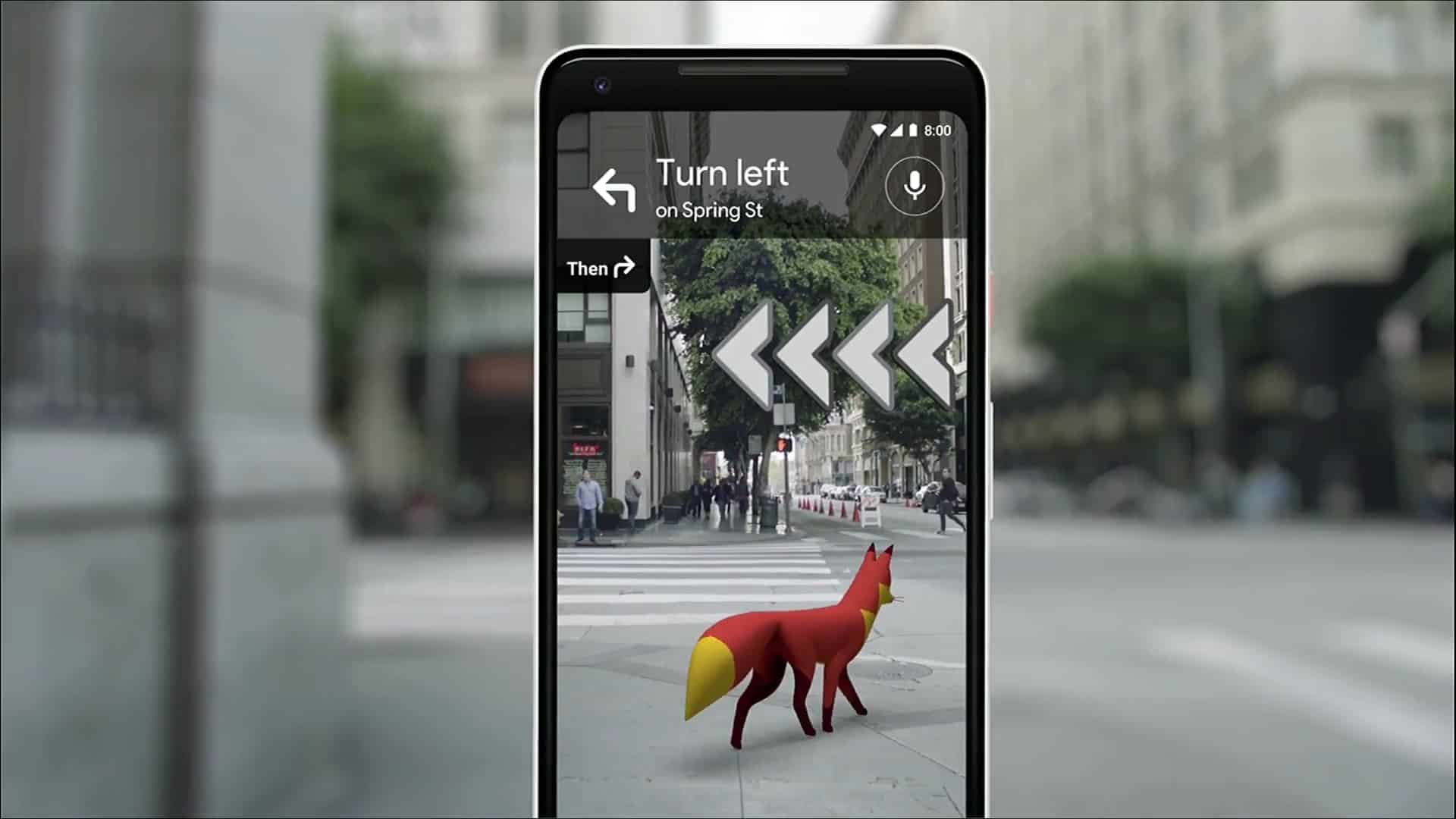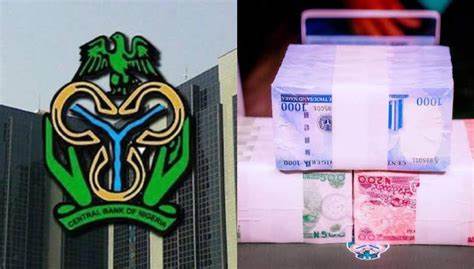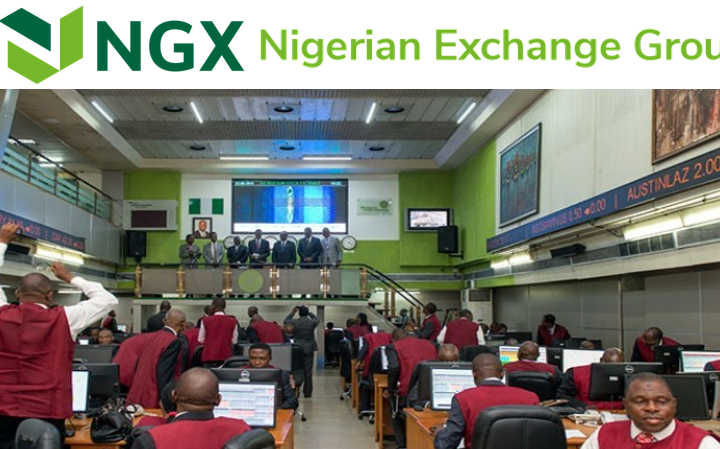Besides being more advanced than GPS, Google’s new innovative Visual Positioning System (VPS) has also been described as the future of advertising. With this new technology, Google Maps can make use of the user’s phone camera to spot your surroundings and visually converse your direction right in front of your eyes.
Visual Positioning Systems (VPS) is a technology that uses visual information from the environment to determine a device’s location. It is a subcategory of location-based services (LBS) and closely related to augmented reality (AR) as it uses visual information to provide additional information or experiences on top of the real world.
Join our WhatsApp ChannelThe VPS technology uses a device’s camera and computer vision algorithms to analyze the visual features of the environment, such as landmarks, buildings, and street signs. This information is then compared to a database of pre-mapped visual information to determine the device’s exact location.
VPS has several advantages over traditional Global Positioning Systems (GPS) such as:
- Improved accuracy: VPS can provide more accurate location information in situations where GPS signals are weak or unavailable, such as indoors or in urban canyons.
- Augmented reality experiences: By overlaying digital information onto the real world, VPS can enhance the user’s experience by providing them with more relevant and personalized information.
- Indoor navigation: VPS can be used to provide indoor navigation and location-based services, allowing users to navigate within buildings and other structures where GPS signals are not available.
- Tracking and Surveying: VPS can be used for tracking and surveying in industries such as construction, mining, and farming.
VPS is employed to offer users more precise and useful information through enhancing location-based services. Augmented reality experiences, like product info or promotions, can be generated with VPS technology by overlaying digital content onto the physical world. This can augment the user’s understanding by providing them with relevant, individualized data. Moreover, tracking of the end user’s position and movements are made possible through VPS, thereby enabling businesses to direct their campaigns to specific areas or groups.
READ ALSO: Top 10 Of Google’s 137,000 Extensions To Save You 100 Hours
While VPS is primarily used for Augmented Reality (AR), it can also be used for other applications such as navigation, tracking, and surveying that require location information.
Virtual Reality (VR) is not the biggest use case for AR, but it could be considered as one of the key use cases because it allows for more accurate and realistic location-based experiences, and opens up new opportunities for businesses to create engaging and interactive campaigns that enhance user experiences.
The early stages of VPS technology development have necessitated further research and development to boost accuracy and reliability. Cost, accessibility, and user education are also factors that will determine the world’s readiness for this Visual Positioning System. Therefore, it is foreseeable that the world might become ready in the near future as such criteria are addressed and technology advances.
Visual Positioning Systems (VPS) could be a major player in the future of location-based advertising and marketing due to its potential for providing more accurate and relevant information to users. The technology can create augmented reality experiences, like product information or promotions, which can enhance the user’s experience by delivering personalised content. VPS can also track the user’s location and movements, allowing businesses to target their advertising specifically and increase engagement with their target audience. However, there are still many challenges such as privacy issues and implementation costs that must be tackled before VPS becomes widely adopted.
Leveraging VPS for Public Relations
Here are possible ways PR professionals can enhance their communications efforts by leveraging Visual Positioning Systems (VPS) technology:
- PR professionals can use VPS technology to create augmented reality experiences that overlay digital information onto the real world. This technology can be used to create interactive and engaging campaigns that enhance the user’s experience.
- VPS allows PR professionals to measure the effectiveness of their campaigns and make data-driven decisions by tracking the location and movements of users.
- Activating events with VPS: VPS can be used to create interactive experiences at events, like trade shows, conferences, and product launches, where attendees can access additional information and interact with the brand.
- Management of crises: VPS can be used to provide real-time information to crisis responders and the public during an emergency or crisis situation, allowing for more effective communication and management.
VPS technology poses potential privacy and data security concerns, so PR professionals need to ensure compliance with relevant laws and regulations.
Leveraging VPS for Marketing
Visual Positioning Systems (VPS) technology can also be used by marketing professionals in several ways:
- With Visual Positioning System, marketers can create location-based campaigns that are more relevant and effective by targeting specific audiences based on their location and movements.
- Augmented Reality: VPS can be used to create augmented reality experiences that overlay digital information onto the real world, such as product information or promotions. It can be used to enhance the user’s experience by creating interactive and engaging campaigns.
- In order to provide a more personalized experience, VPS can be used to track the user’s location and movements, allowing marketers to tailor campaigns to specific areas or demographics.
- The Visual Positioning System can be used to track the location and movements of users, allowing marketers to measure the effectiveness of their campaigns.
- Navigation in-store: VPS can be used to provide customers with in-store navigation and product information, making it easier for them to find what they are looking for.
- VPS can be used at events, such as trade shows, conferences, and product launches, to create interactive experiences where attendees can access additional information and engage with the brand using their mobile devices.
- By overlaying digital information onto billboards, bus shelters, and other public spaces, VPS can make out-of-home advertising campaigns more engaging and interactive.
The Future of VPS
In the near future, Visual Positioning Systems (VPS) are unlikely to completely replace Global Positioning Systems (GPS). By using visual information from the surroundings to determine a device’s location, VPS technology can improve location-based services and augmented reality experiences. However, it is still in its infancy and has not yet achieved GPS’s level of accuracy and reliability.
It uses a network of satellites and ground-based receivers to determine the location of a device with high accuracy and reliability. GPS is a well-established technology that is widely adopted for navigation, tracking, and surveying.
Rather than replacing GPS, VPS can be seen as a complement. In situations in which GPS signals are weak or unavailable, such as indoors or urban canyons, VPS can improve the accuracy and reliability of location-based services. VPS can also be used to provide additional information that GPS is not capable of providing, such as augmented reality experiences.
The VPS has the potential to enhance location-based services and provide additional functionality, but it is unlikely to completely replace GPS any time soon.

















Follow Us